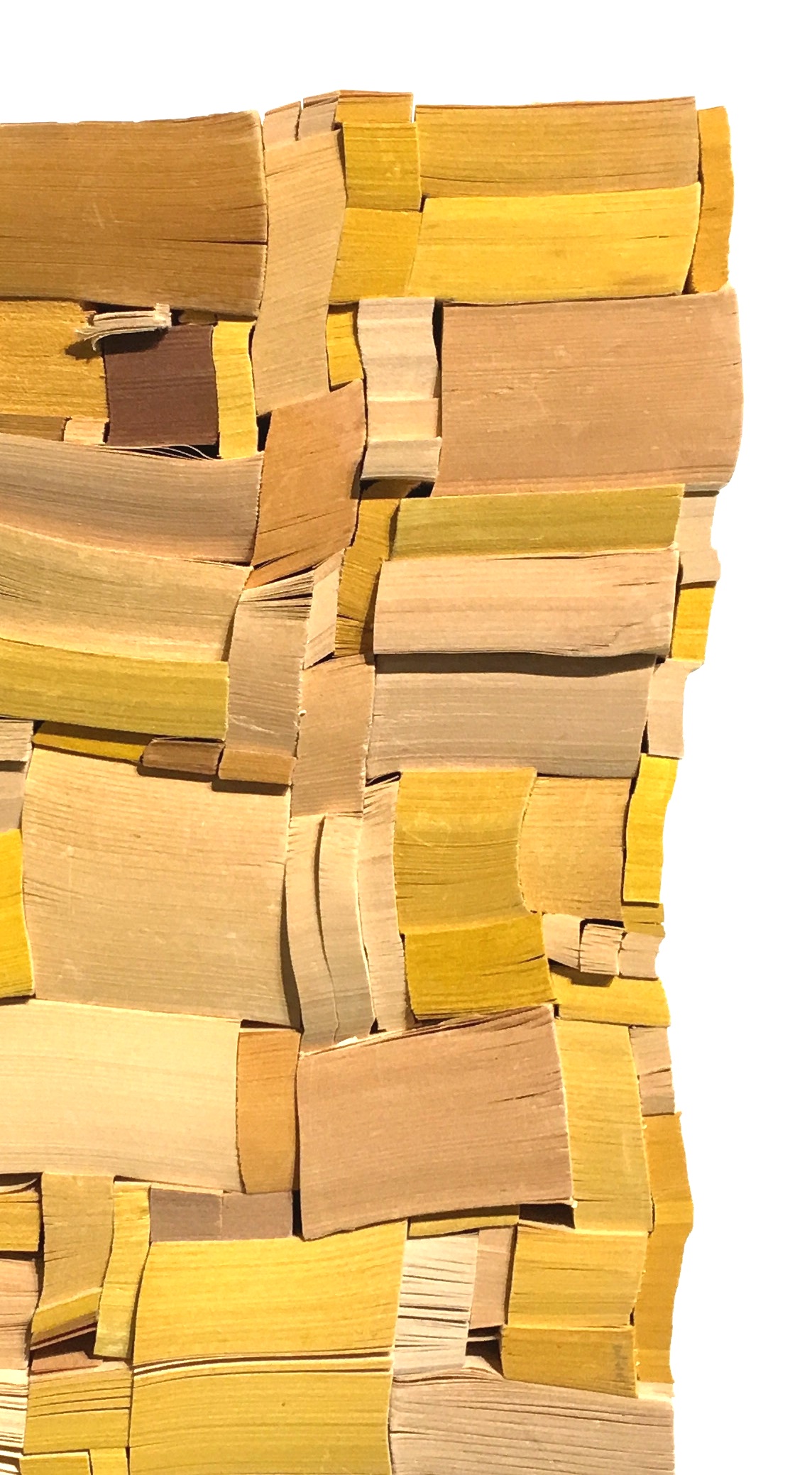
Like the transition that painting went through with the development of photography, the book has been adjusting to our digital age. Everyday we get more and more of our information in a digital format.
Historic documents and works of literature are being scanned and, if you have the bandwidth, are available instantaneously. I confess I still love the physical book and have never read a complete book in digital format. I am sure this has something to do with my upbringing. The son of educators, I was constantly surrounded with books. My father, a professor and scholar, had amassed an impressive collection of rare books on Indian religion. Before he passed he was looking for a library that would accept his collection and care for it properly. It was shocking to discover that most libraries had no interest, largely because they lacked the space and resources to care for the physical objects. The Seattle Public Library now checks out e-books via their online service. Audio books are also growing in popularity.
The average American read four books in the past 12 months. While print books remain dominant, there has been a shift. More people are using their phones, tablets and computers to access e-book content. Tablet based e-book readers have tripled since 2011, and the number of readers using their phones has more than doubled during the same time.
According to 2016 data, 38 percent of Americans only read printed books compared to 6 percent that read exclusively digital. However, 28 percent of our population read in both formats, while 26 percent don’t read books at all. Of course the majority of digital format users are under the age of 50.
The question is what is the role of the book today and how is our relationship to the physical object changing? There is a well-known Southern residential architect, A. Hays Town, who selects the books that get placed on the shelves of the homes he designs. The books are rarely, if ever, removed from the shelves. The owners of these homes have not read many of these books and likely never will. The books are displayed as a visual symbol of traditional culture and refinement. In a similar way the work of contemporary artist Ann Hamilton uses the book as an object divorced from its original purpose. Her work, shown here, is beautiful, compelling and haunting to those of us who still have a deep affection for the physical quality of books.
